The choice of toys by early childhood children
DOI :
https://doi.org/10.34069/AI/2023.67.07.16Mots-clés :
choice, early age children, figurative, interactive and collapsible toys, properties of a toy, toys.Résumé
The article deals with the problem of choosing toys by children aged 0-48 months. It represents how children's situational involuntary interest in toys gradually transforms into cognitive interest. The latter determines the young children’s choices in various spheres of their life and, in particular, in choosing among the most accessible and feasible items – toys. The children’s cognitive interest in the choice of toys has been studied in the object and toy environment. A comparative analysis of children's choices among three types of the most common toys was carried out. It has been proved that figurative-interactive toys are the most popular among young children, figurative toys are in the second place, and collapsible toys are in the third place. The functional features of toys that encourage children to choose them have been revealed: sound, mobility, colour brightness. The more such features a toy has, the more often children choose it, the longer and more meaningful they play with it. It has been found that young children choose toy according to their psycho-physical, sensory capabilities and skills to act with it.
Téléchargements
Références
Artemova, L. V. (2019) The origin of the game as a natural choice of the baby. Pedagogical theory and practice, 8, 25-44.
Artemova, L. V. (2021) Stimulation of Play by Means of Toy. In A. Tsvetkova (Ed.), Pedagogy and Psychology of Postmodernism: Values, Competence, Digitalization (p. 77-85). Aerzen: Heilberg IT Solutions UG InterGING Verlag.
Artemova, L. V., Borova, V. Ye., & Marieieva, T. V. (2022). Early age children’s choice of toys – the self-realization of kids. Bulletin of Oleksandr Dovzhenko Hlukhiv National Pedagogical University, 1(48), 94-102. Recovered from https://drive.google.com/file/d/1K8-XrR56fgyY39gX7MlTwHGY2zUK_CPJ/view
Bogoraz-Tan, V. G. (1934). The Chukchee. Social organisation. Moscow: Publishing House of the Institute of the Peoples of the North of the CEC of the USSR.
Bogoraz-Tan, V. G. (1939). The Chukchee. Religion. Moscow: Publishing House of Glavsevmorput.
Clarke, H. (2022). Age-by-Age Guide to Toys. Parents. December, 29. Recovered from https://www.parents.com/fun/toys/kid-toys/toys-for-all-ages/
Dag, N. C., Turkkan, E., Kacar, A. & Dag, H. (2021). Children's only profession: Playing with toys. North Clin Istanb., 8(4), 414-420. Doi: 10.14744/nci.2020.48243
Dauch, C., Imwalle, M., Ocasio, B., & Metz, A. E. (2018). The influence of the number of toys in the environment on toddlers' play. Infant behavior & development, 50, 78-87. https://doi.org/10.1016/j.infbeh.2017.11.005
Elkonin, D. (1999). Psychology of the game. Moscow: Vlados.
Fihol, D. I. (1956). Ukrainian folk children's toy. Kyiv: Art.
Florina, E. A. (1973) A game and a toy. Moscow: Education.
Froebel, F. (2005). Let us live for our children. Ekaterinburg: Y-Factoria.
Havrysh, N. & Shchehlova, O. (2004). A toy. Is it a childhood’s friend? Preschool education, 6, 5-7.
Healey, A., Mendelsohn, A., & COUNCIL ON EARLY CHILDHOOD. (2019). Selecting Appropriate Toys for Young Children in the Digital Era. Pediatrics, January, 143(1). Doi: 10.1542/peds.2018-3348
Hladun, L. (2005). A toy in a child's life. Preschool education, 3, 16-17.
Ko?kulu, S., Küntay, A. C., Liszkowski, U., & Uzundag, B. A. (2021). Number and type of toys affect joint attention of mothers and infants. Infant behavior & development, 64, 101589. https://doi.org/10.1016/j.infbeh.2021.101589
Kryvonis, M. L, Drobotiy, O. L., & Achkasova, V. M. (Eds.). (2012). Sensory development: from work experience, 3-4 years. Kharkiv: Ranok.
Lam, V. L. (2023). Gender-based reasoning about novel toys: The role of child andparental factors. Infant and Child Development, e2423. Recovered from https://doi.org/10.1002/icd.2423
Manchuk, N. I. (2018) Design of a didactic toy in the subject-spatial environment of a child. Theory and practice of modern science. Proceedings of the IV International Scientific and Practical Conference (Odesa, 23-24 November 2018). Kherson: Young Scientist Publishing House, Part 1. 58-60.
Melnyk, N. I., Vertuhina, V. M., Artemova, L. V., Avramenko, O. O., & Pavlushchenko, N. M. (2020). Progressive Practices of Government Management in Preschool Teachers Professional Training in Western European Countries. Universal Journal of Educational Research, 8(10), 4591-4602. DOI: 10.13189/ujer.2020.081027
Ministry of Education and Science of Ukraine (2006). Selection and use of toys for young children in preschool educational institutions. Methodological recommendations. Appendix to the letter of the Ministry of Education and Science of Ukraine dated 17.03.06, No. 1/9-153. Preschool education, 5, 10-13.
Montessori, M. (2014) Scientific pedagogy. Children’s house. Elementary school. Ekaterinburg: People's book.
Naiden, O. S. (1999). Ukrainian folk toy: History. Semantics. Figurative originality. Functional features. Kyiv: ArtEk.
Onur Sezer, G., & Sadio?lu, Ö. (2012). The comparison of toy preferences of teacher candidates in f?rst and fourth grades of preschool education. International Journal of Early Childhood Education Research, 1, 62-75.
Radina, E. M., & Ezykeeva, V. A. (1968). Methodological guidelines for toys for the speech development of children in the second and third years of life. ?oscow: Education.
Reipolska, O. D. (2020). Theoretical and Methodological Bases of Formation of Preschoolers' Values Self-Attitude. Kyiv: Publishing House “Slovo”.
Sivaraman, M., & Skoler, T. S. (2023). How Many Toys Should Your Toddler Have? When it comes to developing focused attention in toddlers, less is often more. Psychology Today. February, 6. Recovered from https://www.psychologytoday.com/intl/blog/smart-families/202302/how-many-toys-should-your-toddler-have
Todd, B. K., Barry, J. A., & Thommessen, S. A. (2016). Preferences for ‘Gender-typed’ Toys in Boys and Girls Aged 9 to 32?Months. Infant and Child Development, May, 24. DOI: 10.1002/icd.1986
Topalo?lu, G., & Aslan Gördesli, M. (2012). Selection of games and toys (0-3 years). In F. Cürebal, G. Çetin Özben (Eds.), Parent, Guardian, Family Education and Guidance 0-18 Age Group Development Guide (p. 22-31). ?stanbul: Adel Kalemcilik.




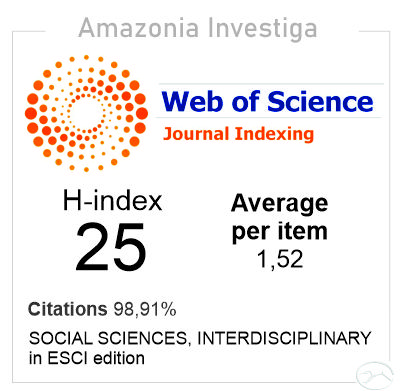
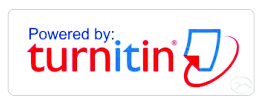



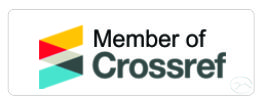











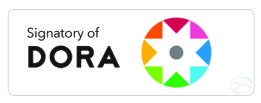

























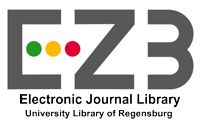





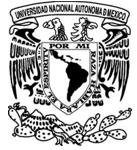











.gif)






